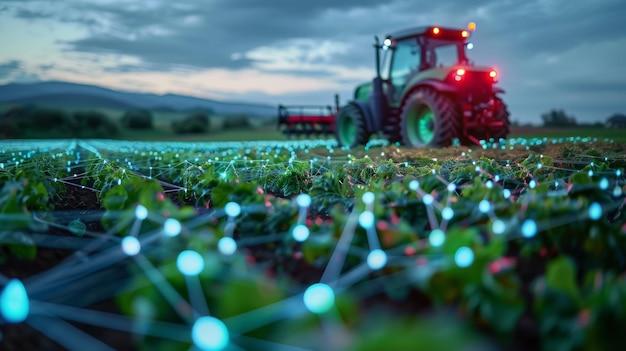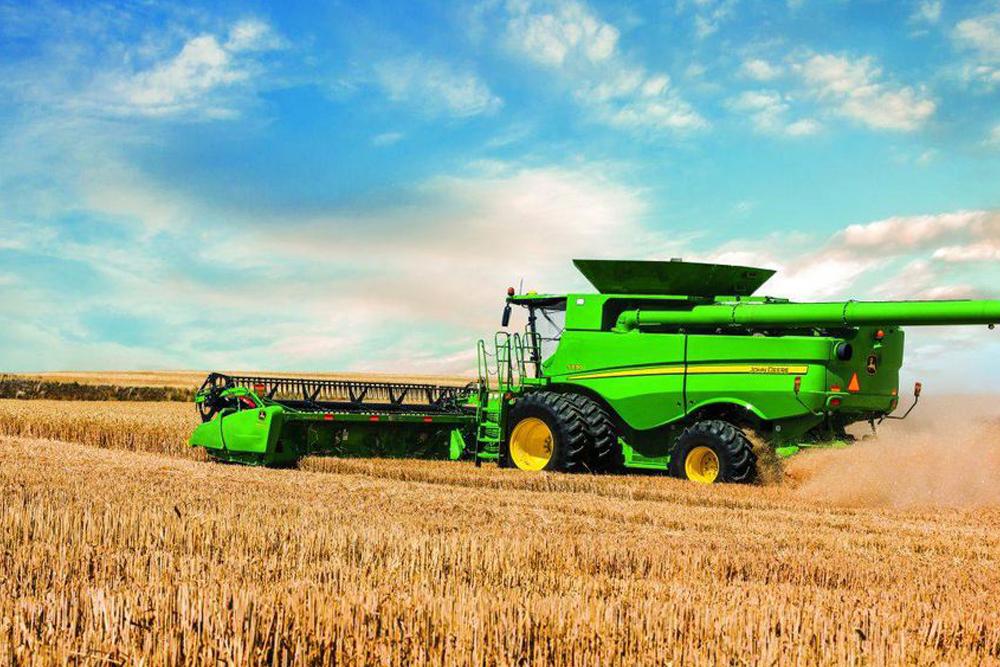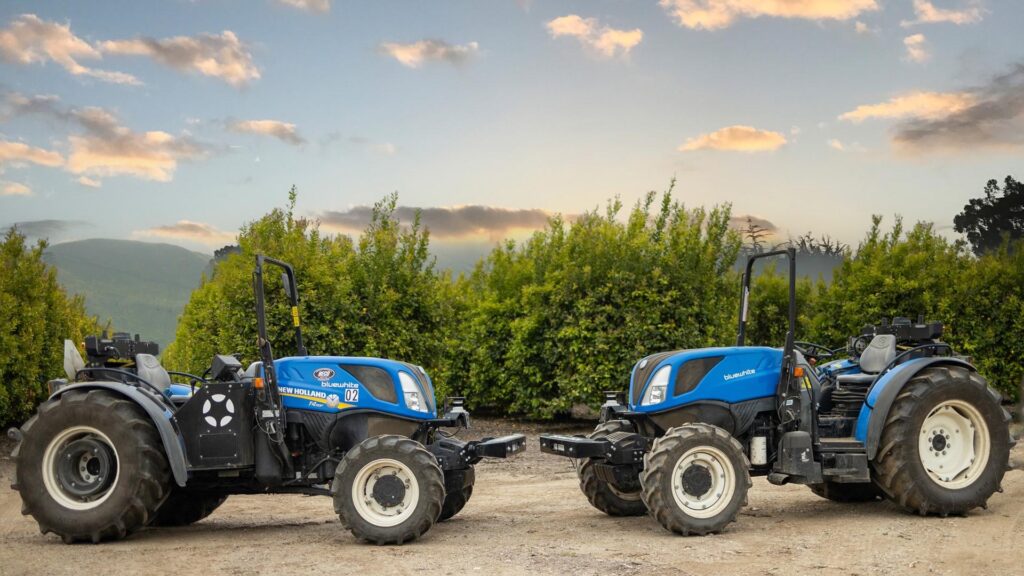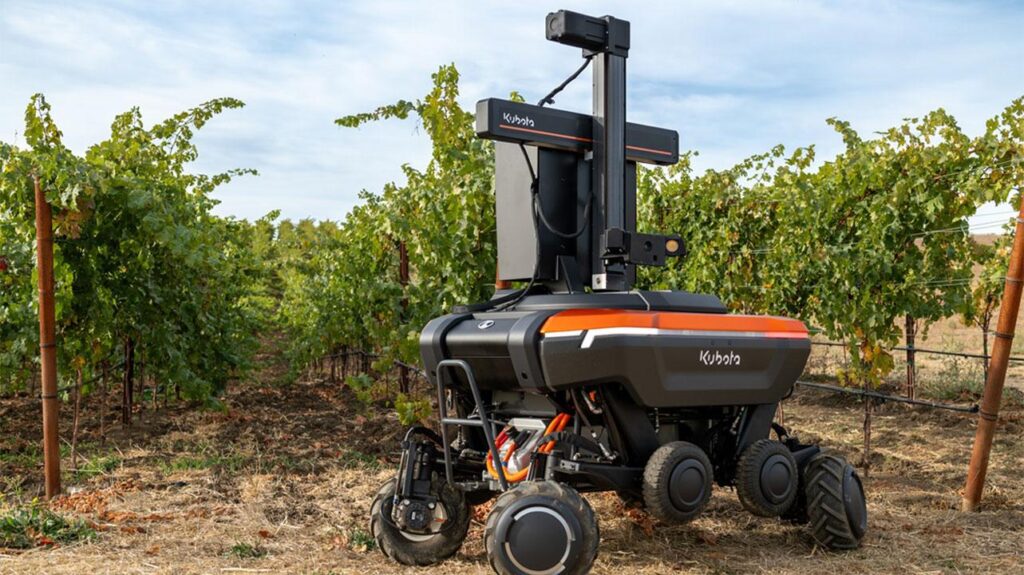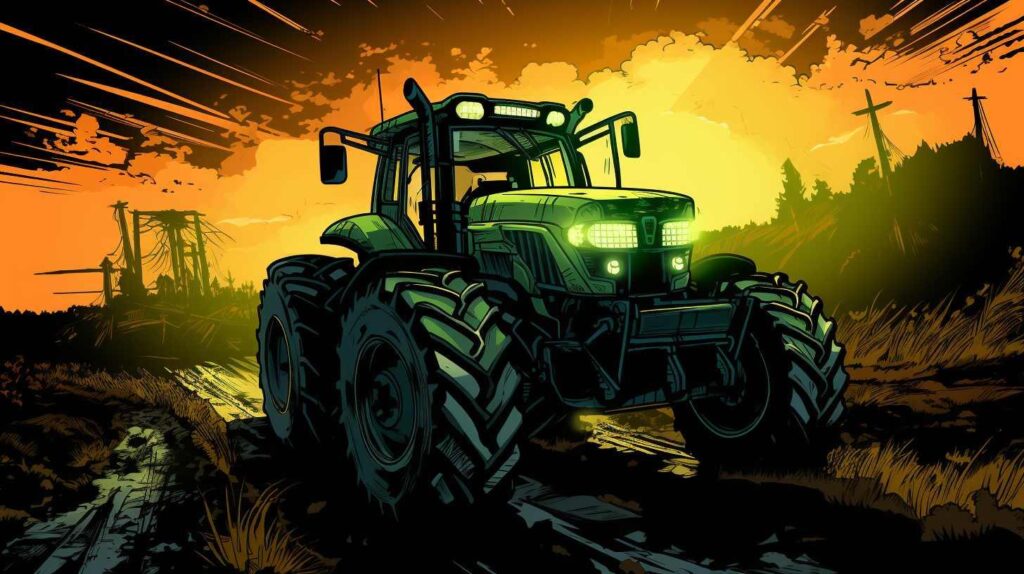The agricultural technology sector is experiencing a notable deceleration in traditional areas while autonomous farming solutions continue to gain momentum. After years of rapid expansion across precision agriculture and smart farming tools,investors and companies are recalibrating their focus toward self-operating machinery and robotics. This shift reflects both the maturing of conventional agtech segments and the growing demand for labor-saving autonomous solutions in an industry facing persistent workforce challenges. Despite recent market fluctuations, autonomous technology in agriculture continues to gain momentum while other agtech segments experience slower growth.Investors and industry leaders are particularly focused on robotics and AI-driven solutions that reduce labor dependencies and optimize farming operations.
Farm equipment manufacturers are increasingly integrating autonomous capabilities into their machinery lines. These self-driving systems can now handle complex tasks like precision planting, targeted spraying, and selective harvesting with minimal human intervention. The technology has evolved beyond basic GPS guidance to incorporate advanced sensors, machine learning algorithms, and real-time decision-making capabilities.
Several key factors are driving this trend. Labor shortages in rural areas have become more acute, pushing farmers to seek automated alternatives. rising labor costs and increasing regulatory requirements around working conditions and chemical applications make autonomous systems increasingly attractive from both operational and compliance perspectives.
Data from recent market analyses shows that investment in autonomous agricultural technology grew by 15.3% in the past year, while traditional agtech segments saw only 4.7% growth. This disparity reflects shifting priorities among both investors and end-users,who recognize the long-term potential of automation in addressing fundamental agricultural challenges.
Small-scale autonomous solutions are gaining particular traction. These include specialized robots for tasks like weed control, crop monitoring, and fruit picking. Their lower cost and easier implementation make them accessible to medium-sized farming operations,broadening the market for autonomous technology.
The integration of artificial intelligence with autonomous systems has opened new possibilities for precision agriculture. AI-powered machines can now make real-time decisions based on complex variables including soil conditions, weather patterns, and crop health indicators. This capability enables more efficient resource utilization and higher yields while reducing environmental impact.
Battery technology improvements have also contributed to the sector’s growth. Extended operating times and faster charging capabilities make electric autonomous equipment more practical for commercial farming operations. This development aligns with broader sustainability goals and reduces operating costs compared to traditional diesel-powered machinery.regulatory frameworks are evolving to accommodate autonomous agricultural technology, though at varying speeds across diffrent regions. Countries with acute agricultural labor shortages, such as Japan and Australia, are taking leading roles in establishing guidelines for autonomous farming equipment.
While challenges remain, particularly around initial investment costs and technical infrastructure requirements, the trajectory of autonomous technology in agriculture appears stable and growing. Industry collaborations between traditional equipment manufacturers and technology companies are accelerating development and deployment of new solutions.
Cybersecurity and data management have emerged as critical focus areas as autonomous systems become more sophisticated. Farmers and equipment manufacturers are investing in robust security measures to protect autonomous operations from potential disruptions and ensure data privacy.

